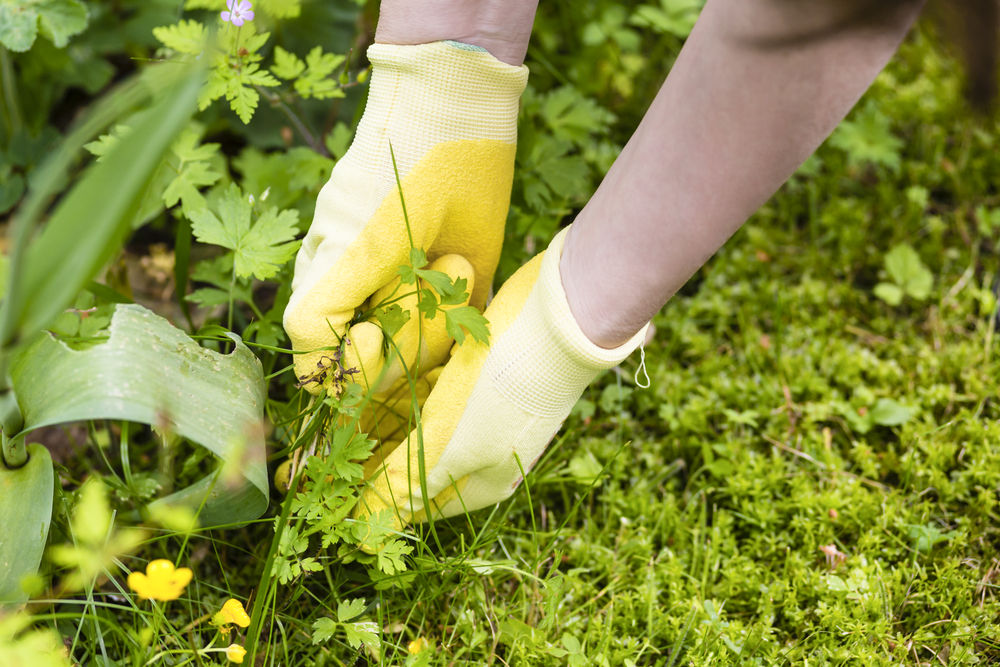
The winter season is near and the color of your lawn and landscaping is brown aside from the pesky dallisgrass and henbits that pop up in your yard. You’re probably wondering how they got there.
Winter weeds such as annual bluegrass, dalligrass, corn speedwell, henbit, and hairy bittercress survive in a poor turf environment. Many of them begin to germinate during the fall, create into a full blown weed when the colder season comes and to continue to propagate.
During this time, you have three methods of attack. Manually pull the weeds out of your yard, apply a post emergent herbicide, or renovate your lawn and make it denser and healthier so it’s more resistant to weed growth.
Lawn care and landscaping tips for winter weeds in your Charleston, SC lawn
- Identify the type of weeds that are plaguing your lawn. Always remember that there is a specific herbicide for every type of weed. Weeds can be:
- Grass weeds – They look a lot like grass but instead of growing up in the soil, they branch out. These weeds can either be perennial, biennial, and annual.
- Broadleaf weeds – They have a taproot that comes with short stems, flowers, and broad leaves. They can also be perennial, biennial, or annual weeds.
- Sedges – They come from tubers, roots that branch out, and seeds. They come with 3-sided stems and they tend to grow higher compared to normal grass. They resemble a small river reeds instead of a grass plant. These weeds are difficult to eliminate because of their seedlings, rhizomes, and nutlets.
- After identifying the weeds, the next thing you have to do is buy the appropriate herbicides to eradicate them. Be sure to read the label and follow the instructions.
- For established weeds, you can use a post emergent herbicide.
- Annual weeds is better treated with contact herbicides. You have to add this directly onto the stems and leaves. You’ll see visible results between one to three days after its application.
- Eliminate perennial weeds using systematic herbicides. It kills the weed on contact and the stem as well as the root.
- If you need to kill a specific kind of weed, you have to use a selective herbicide.
- Nonselective herbicides are ideal if you plan to kill all the plants in a certain area. You have to be careful when applying this type of herbicide.
Rules To Follow When Applying PostEmergent Herbicides
- The air temperature should be between 65-85 degrees Fahrenheit when using broadleaf weed herbicides.
- Your soil must be moist before the application of herbicides.
- Don’t mow before and after the application of herbicides.
- Apply herbicides if the weather is good and no rain is expected up to 24 hours after the treatment.
- Don’t apply herbicides if it’s windy.
- Protect your landscaping Charleston plants and grass so they don’t get damaged from herbicide drift.
- Apply herbicides when the weeds are still small.
- Reapply the herbicide every 10 days.
- Herbicide treatments are not recommended for new lawns.
Call now and let our expert landscaping specialists help you with your weed problems.
Porter Hayes Landscaping LLC
Charleston, SC 29419
(843) 532-3270
http://www.porterhayeslandscaping.com/
No comments:
Post a Comment